Journey from Srinagar to Pahalgam : A Detailed Exploration
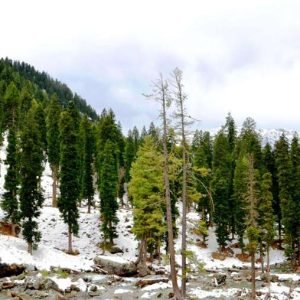


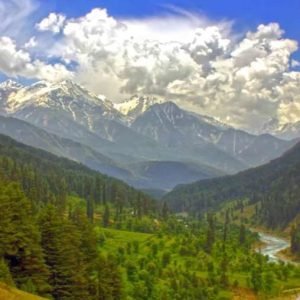
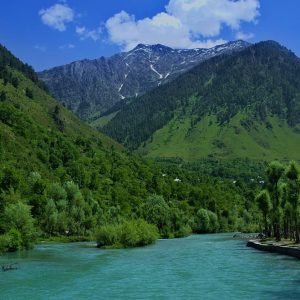
Table of Contents
ToggleNo wonder that travel through Srinagar to Pahalgam is not less than a scenic retreat that pulls tourists into the very heart of Kashmir’s natural beauty. There, with winding along with pleasant roads cut through the gait by snowy peaks, serene rivers and lush forests, the reason behind being the dear destination of all in Kashmir indeed catches one’s eye. All in all, this travel guide will detail the journey, breaking down everything from transportation options and pit stops to scenic views and experiences along the way.
1. Starting the Journey from Srinagar
From this breathtakingly beautiful journey, the scintilla begins with the summer capital of Jammu and Kashmir, Srinagar. Itself a city with revered historical gardens, lakes and houseboats, leaving its urban charm gives one access to some of the breathtaking landscapes in the region.
The journey from Srinagar to Pahalgam covers about a distance of 90 kilometers and depending upon the traffic and weather conditions, it would take a couple of hours and half an hour. However, it is not merely a drive, rather it becomes a visit to the varied landscape of Kashmir.
2. Best Time to Start the Journey
The best time to leave Srinagar is early in the morning. If you leave early around 7 or 8 in the morning, there will be no traffic jam and the light of the morning sun will add much beauty to the countryside scenery. Also, with an early departure, you will have enough time to take some photographic breaks or admire various views on the way without being in a hurry.
3. Route Overview
Generally, there are basically two tracks on which the tourists travel from Srinagar to Pahalgam. The main track is the one that passes via Pampore, Awantipora, Bijbehara and Anantnag to Pahalgam.
3.a. Srinagar to Pampore (12 km)
The first leg of your journey takes you through Pampore, often called the ‘Saffron Town’ of Kashmir. The fields of Pampore are replete with saffron cultivation in late autumn when flowering is at its peak. A brief stop here en route allows visitors to see these fields at close hand and even purchase authentic saffron.
3.b. Pampore to Awantipora (15 km)
Further traveling down, you find the historically significant town of Awantipora. The remnants of temples designed during the 9th century by the then King Avantivarman is a great historical landmark of this place. Those historical ruins on the banks of the River Jhelum are definitely worth visiting in case of any history lovers.
3.c. Awantipora to Bijbehara (15 km)
The next town in the line of the route is Bijbehara, famous for chinar trees and gardens. Bijbehara is popularly called the “Town of Chinars.” The sheer number of those towering trees makes it a paradise. The drive through Bijbehara is a gentle respite from the undulation of the roads. You are sandwiched by towering chinar trees casting their shadows on the road ahead.
3.d. Bijbehara to Anantnag (8 km)
From Bijbehara, take the Jammu road for a short ride to Anantnag, the most important town in the Pahalgam route. Anantnag is an ideal place for a quick halt if you are looking for some refreshments, fuel or getting into the local markets. The town itself falls somewhere between the traditional and the modern Kashmir and it has the old Martand Sun temple close by.
3.e. Anantnag to Pahalgam (40 km)
The final leg of the journey is through some lush valleys. It winds along the Lidder River, which just so happens to flow serenely through those very valleys. This part of the drive is particularly beautiful, as the road hugs the riverbank and lovely scenery lines the foothills of the Himalayas. Air grows cool and landscape greens up as you head towards Pahalgam.
4. Scenic Stops Along the Way
4.a. Pampore Saffron Fields
See the saffron fields of Pampore in your tour. In autumn season, while traveling, the saffron fields are harvest time, then one can see only purple flowers spread all over. Here, local farmers will be of great help for the process of collecting saffron and there are plenty of shops selling authentic saffron products.
4.b. Awantipora Temple Ruins
History enthusiasts do not miss a visit to the Awantipora ruins. While in a dilapidated condition, this ancient temple gives one an idea of the architectural glory of this region in yesteryears. That it is situated against the horizon of the Jhelum River and mountains in the distance makes it a beautiful location for photographs.
4.c. Chinar Trees of Bijbehara
Roads lined with chinar are enough to excite the eyes of a photographer especially during autumn when leaves turn to brilliant shades of red, orange, and golden hues. Here, too, there are local eating joints good enough for a quick snack or cup of Kashmiri kahwa, saffron-flavored traditional tea.
4.d. Martand Sun Temple
The Martand Sun Temple is a short detour from Anantnag, it is indeed depicting the rich Hindu past of this area. Standing atop a hill, the temple complex offers panoramas of valleys. Ruins notwithstanding, it is an important spiritual and historical landmark that attracts pilgrims and tourists alike.
5. Reach Pahalgam
As you approach to Pahalgam, the general landscape has transformed into a paradise of lush meadows, dense pine forests and the pristine Lidder River flowing gently through the valley. For the serenity and natural beauty, Pahalgam, meaning ‘The Valley of Shepherds,’ is a place for tranquility. It also serves as a base for several trekking routes as well as the starting point for the annual Amarnath Yatra pilgrimage.
6. Pahalgam Explorations
Once you reach Pahalgam, there are a number of activities lined up for you. You’re an adventure freak, you want to de-stress amidst nature or something in between, there is something in Pahalgam for all.
6.a. Lidder River: The Lidder River passes through Pahalgam. It can be spent on picnicking, trout fishing or idling by the side of the river, but the sound of the river rushing over the rocks is quite soothing.
6.b. Betaab Valley: The valley is also accessible through a short drive from Pahalgam. This valley, characterised by breathtaking landscapes of snow with pine forests and lush meadows, became famous through films made by Bollywood. It is also the perfect place for nature walks and photography in a serene environment.
6.c. Aru Valley: Aru Valley is one of the most popular destinations for trek and horse riding and a good place to camp, twelve kilometers from Pahalgam. The valley is known for the wide expansive panoramic views and serves as a starting point for treks to various places, like the Tarsar Marsar trek.
6.d. Baisaran Hills: A few kilometers from Pahalgam is a place renowned as ‘Mini Switzerland. The panoramic view of the valleys and mountains here is very stunning. The beautiful meadows, dense forests and clear sky make it an excellent spot for nature lovers.
6.e. Base Camp Amarnath Yatra: Pahalgam is the base camp for the annual Amarnath Yatra, the holy pilgrimage to the sacred Amarnath Cave. If you are not one among those who embark on the pilgrimage, it’s a good experience to witness the base camp during the Yatra season.
7. Travel Tips For the Journey
7.a. Transportation Options
Most people take taxis or cars from Srinagar to Pahalgam. Public buses are also available, but hiring a private taxi or getting a car on rent is the best way to make it, as you can stop at all places on your own schedule.
7.b. Roads:
The road from Srinagar to Pahalgam is generally fine. However, the winter may make some of the patches pretty slippery in a few places covered with snow and ice. It would be wise, therefore, to check out the prevailing weather condition before you start off on your tour, especially between December to March period.
7.c. Packing Essentials
If you are visiting during winter, take warm clothes along as it does freeze in Pahalgam. Even in summer, early mornings and late evenings can be cool, so you may require a light jacket. Essential items would include sunscreen, sunglasses and good trekking shoes if you are planning to trek.
7.d. Local Cuisine and Lifestyle
There are many dhabas, which are roadside eateries with traditional Kashmiri cuisine, to be found along the way. Try Rogan Josh, a slow-cooked lamb dish, Dum Aloo, spicy potato curry and Yakhni, a yogurt-based mutton curry. People are friendly enough, and you may wish to socialize to discover more about their ways of living.
8. Conclusion
A drive from Srinagar to Pahalgam is more than a journey, it is an experience encompassed by the beauty, history and culture of Kashmir. Each stop, whether in saffron fields at Pampore, green meadows at Pahalgam, is unique on the way. A pleasure trip, an adventure or spiritual cleansing, here is one journey that indeed leaves indelible marks on heart and mind.
How to book a trip to Pahalgam, India with Charzan Holidays?
For a seamless and exceptional booking experience, contact Charzan Holidays at reservations@charzan.in or call us at +919622224473.
People ask FAQ's
1. How do I go from Srinagar to Pahalgam?
You can hire a taxi, drive in a private vehicle or make use of public buses available to travel from Srinagar to Pahalgam. The distance is approximately 90 kilometers and it would take around 2.5 hours to journey through this route. The scenery that will be viewed while traveling along the route passes through Pampore, Awantipora, Bijbehara and Anantnag before reaching the beautiful valley at Pahalgam.
2. What is the best time to visit Pahalgam?
The best time to visit Pahalgam is from March to November. Spring in Pahalgam provides sunny weather along with the blossoming flowers of varied colors, while summer is the best season to enjoy a lush-green landscape and activities outside. During autumn, one can revel in wonderful fall colors. In winters, people come for skiing and other winter sports, but it’s quite cold.
3. Srinagar to Pahalgam distance?
The distance from Srinagar to Pahalgam is approximately 90 kilometers (about 56 miles). The journey takes around two and a half to three hours by car, depending on traffic and road conditions. This scenic drive takes you through beautiful landscapes, including lush green valleys, rivers and picturesque towns, making it a memorable experience as you head towards Pahalgam.
4. Why is Pahalgam famous?
It is known for splendorous glory of natural beauty characterized by lush green meadows and pine forests along with picturesque Lidder River. It has a base for Amarnath Yatra pilgrimage season every year and offers trekking routes, including the betaab Valley and Aru Valley. Its serene environment and adventure activities make it an attractive destination for nature lovers and thrill-seekers alike.
Frequently Asked Questions
1. How far is Pahalgam from Srinagar? |
| Pahalgam is approximately 95 kilometers (about 59 miles) from Srinagar. |
2. What is the best way to travel from Srinagar to Pahalgam? |
| The best way is to hire a taxi or take a private vehicle. Shared cabs and local buses are also available. |
3. How long does the journey from Srinagar to Pahalgam take? |
| The journey typically takes around 2.5 to 3 hours by road, depending on traffic and road conditions. |
4. Are there direct buses from Srinagar to Pahalgam? |
| Yes, there are local buses and shared taxis that operate between Srinagar and Pahalgam, though they may not run frequently. |
5. What is the best time to visit Pahalgam? |
| The best time to visit is from April to October, when the weather is pleasant for outdoor activities. |
6. What attractions can I visit in Pahalgam? |
| Key attractions include Betaab Valley, Aru Valley, and the starting point for the Amarnath Yatra pilgrimage. |
7. Is it safe to travel from Srinagar to Pahalgam? |
| Yes, the route is generally safe for tourists, but it’s advisable to stay informed about local conditions. |
8. Are there accommodations available in Pahalgam? |
| Yes, Pahalgam offers a range of accommodations, from luxury hotels to budget guesthouses and homestays. |
9. Can I find restaurants and eateries in Pahalgam? |
| Yes, there are several restaurants and cafes in Pahalgam offering local and international cuisine. |
10. What activities can I enjoy in Pahalgam? |
| Popular activities include trekking, horse riding, fishing, and enjoying nature walks in the scenic landscapes. |
11. Do I need a special permit to visit Pahalgam? |
| Indian tourists do not require a permit, but foreign tourists should check for any travel advisories. |
12. What should I pack for my trip to Pahalgam? |
| Pack comfortable clothing, sturdy shoes for trekking, warm layers for cooler evenings, and essentials like sunscreen and toiletries. |
13. Are there any local markets in Pahalgam? |
| Yes, Pahalgam has local markets where you can buy handicrafts, woolens, and souvenirs. |
14. What is the altitude of Pahalgam? |
| Pahalgam is situated at an altitude of about 2,140 meters (7,054 feet) above sea level. |
15. How can I hire a taxi for the trip from Srinagar to Pahalgam? |
| You can hire taxis at the Srinagar Airport or through local taxi stands, and it’s advisable to negotiate the fare in advance. |


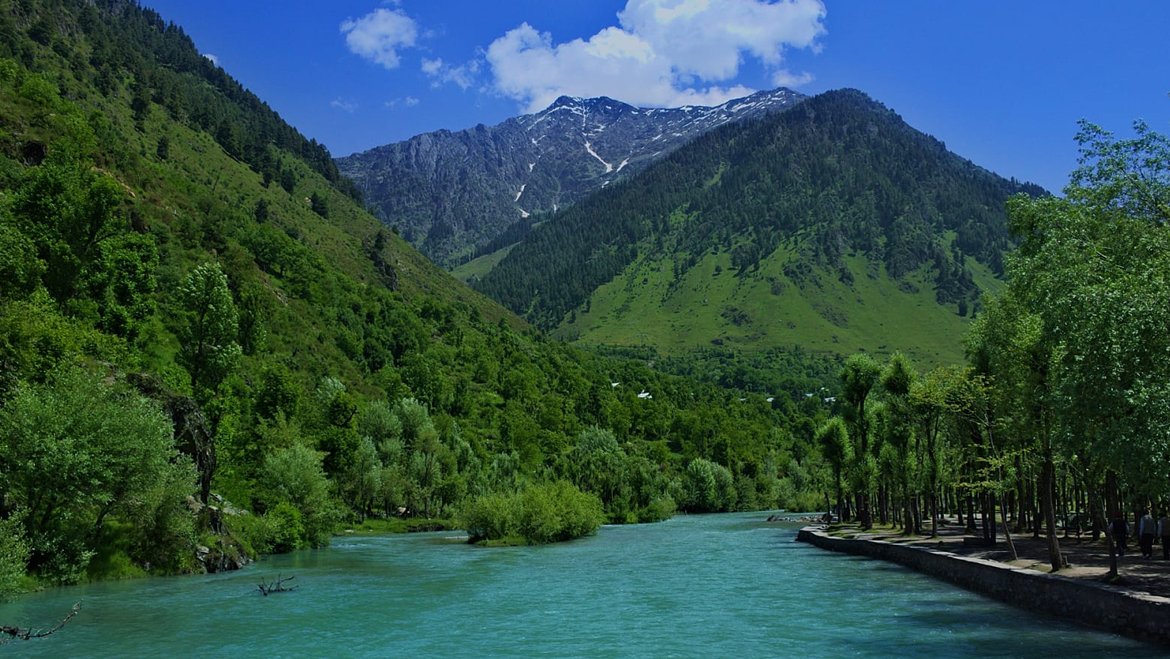
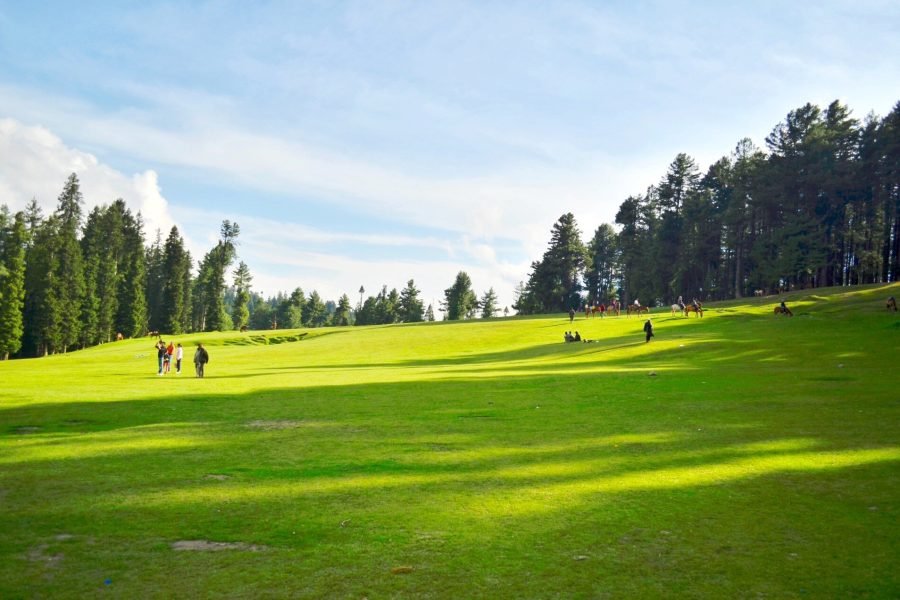
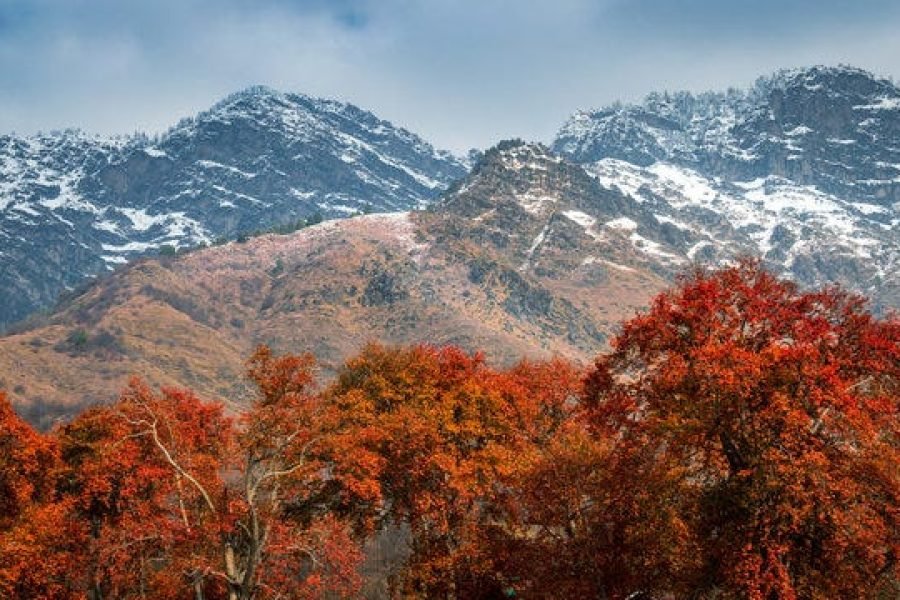
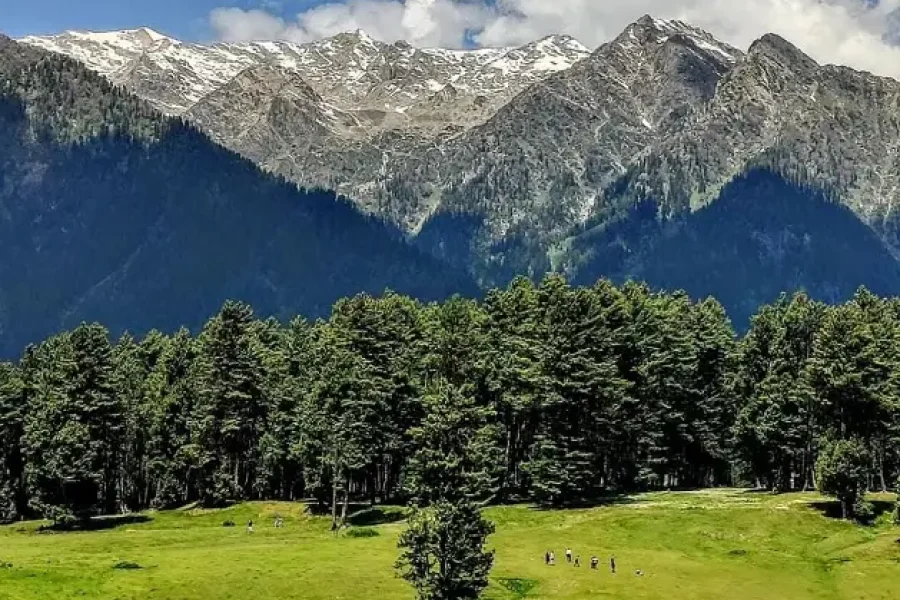
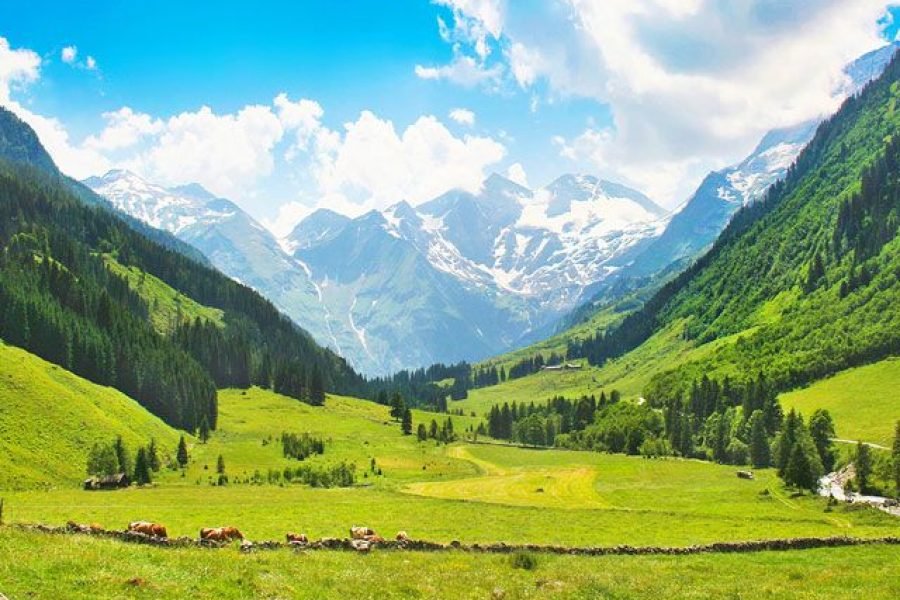
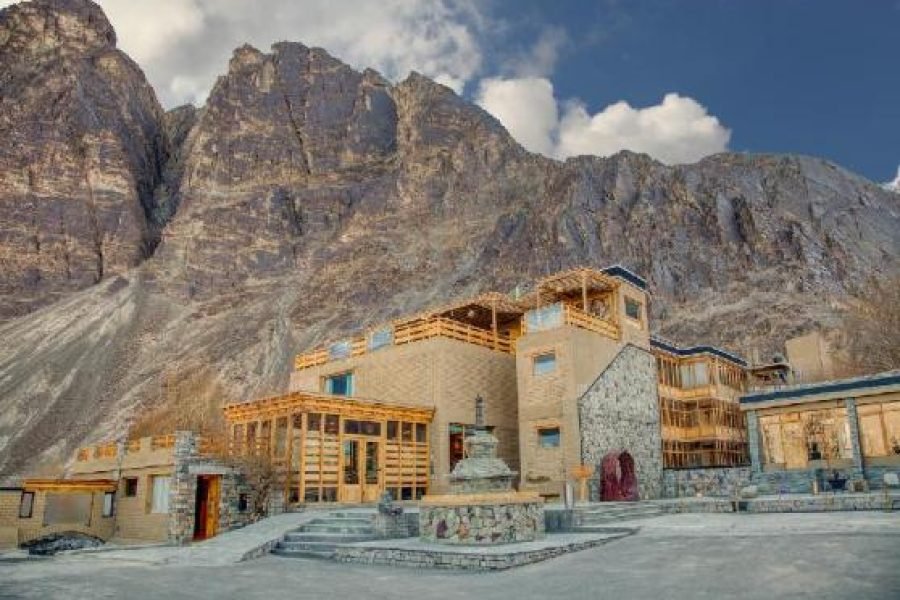

0 Comment